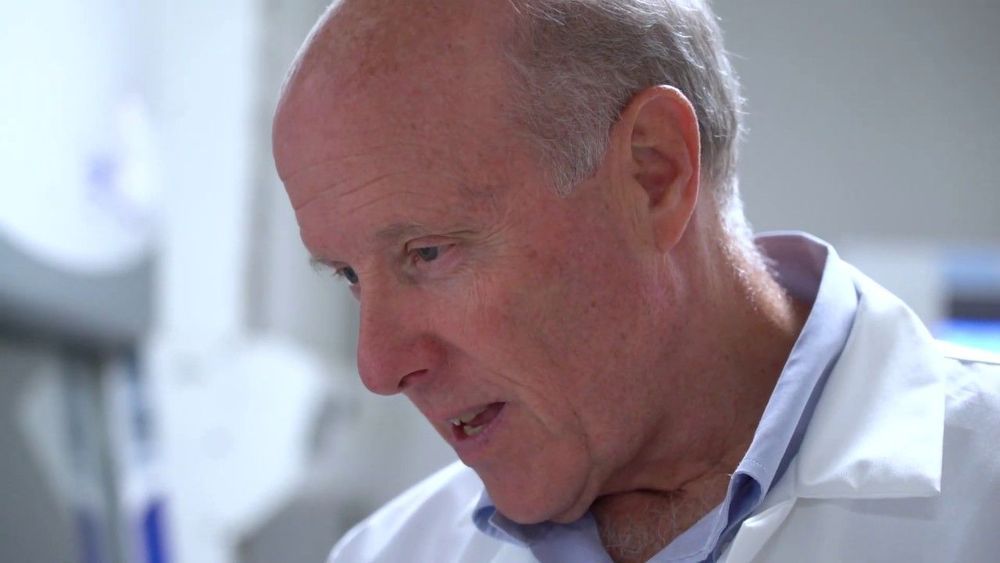If this can be done, it is a game changer. Too much medicine treats instead of cures. Scientists at the Icahn School of Medicine at Mount Sinai along with collaborators study result is an important step toward a diabetes treatment that restores the body’s ability to produce insulin, according to the team.
Scientists at the Icahn School of Medicine at Mount Sinai along with collaborators from other institutions say they have discovered a novel combination of two classes of drugs that, together, cause the highest rate of proliferation ever observed in adult human β cells without harming most other cells in the body. The result is an important step toward a diabetes treatment that restores the body’s ability to produce insulin, according to the team.
The finding involved a DYRK1A inhibitor, which is known to cause β cells to proliferate, and a GLP1R agonist, already in widespread use in people with diabetes. Together, they caused the cells to proliferate at a rate of 5–6% per day. The team’s research (“GLP-1 receptor agonists synergize with DYRK1A inhibitors to potentiate functional human beta cell regeneration”) appears in Science Translational Medicine online.









Comments are closed.